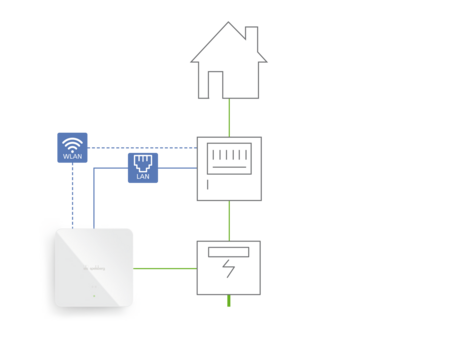Ved at bekræfte knappen "Tillad alle cookies" tillader du brugen af cookies. Ved at klikke på knappen ”Konfigurer” kan du vælge hvilke cookies du ønsker at tillade. Du kan til hver en tid ændre eller ophæve din tilladelse i vores privatlivspolitik.
Dynamic load management
Dynamic load management distributes the maximum available network connection current evenly among the connected electric vehicles. This allows the operation of a multiple charging points from a limited network connection. The charging power of individual charging points can be reduced, in order not to exceed the maximum load, or the load can be distributed across various phases.
There are two main ways to supply a charging infrastructure:
Optimal load management is based on the appropriate performance of the grid connection, use of phase rotation when connecting the charging point, and appropriate configuration of the charging network. In a load network, one of the charging points always assumes the coordination function. All other charging points in the network communicate with this coordinator and regulate the power to be supplied accordingly. Communication takes place via the network using LAN or WLAN.




